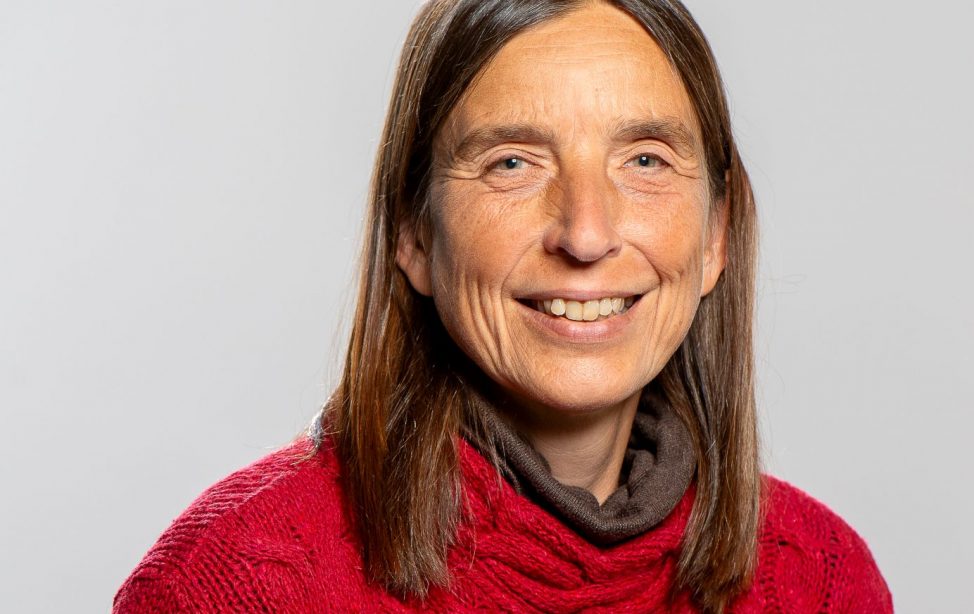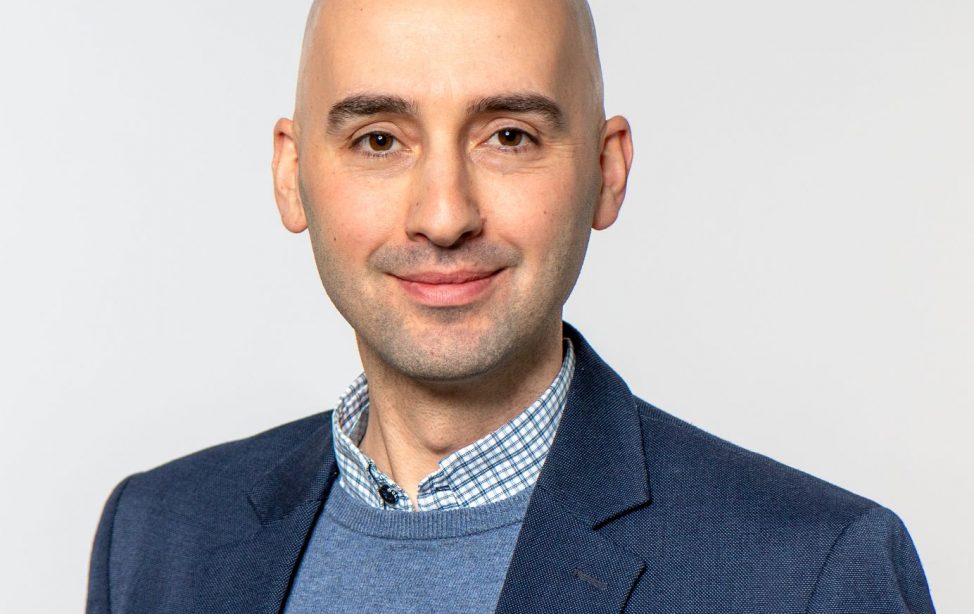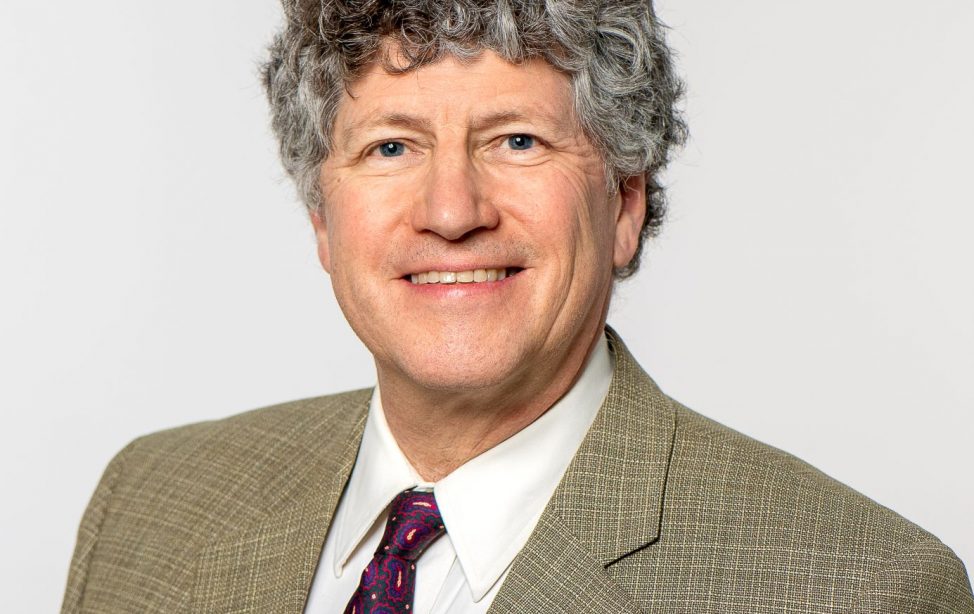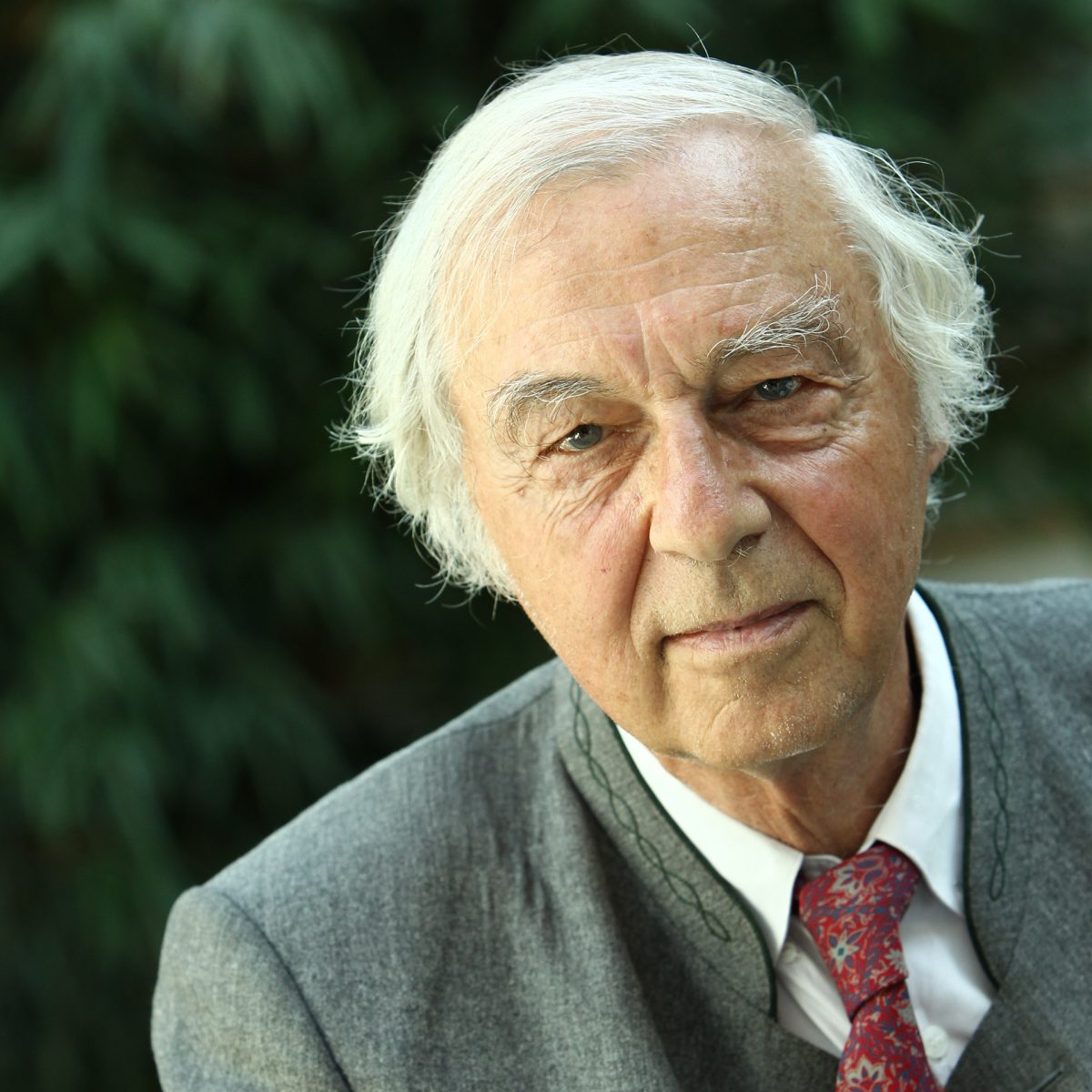
Picture: facesbyfrank
Picture: facesbyfrank/TUM.
Faraway islands and treasures buried there are probably no longer to be discovered, but countless protein molecules await the curious researcher who wants to understand the physics and chemistry of life. Curiosity and the desire for the adventure of research is something I experienced with my teachers at TUM.
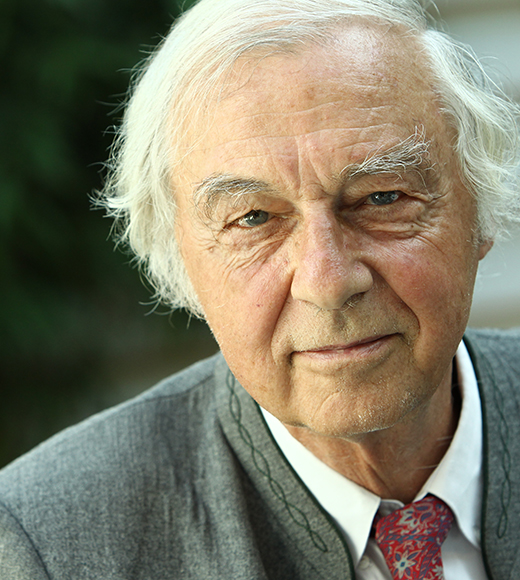
Picture: facesbyfrank/TUM.
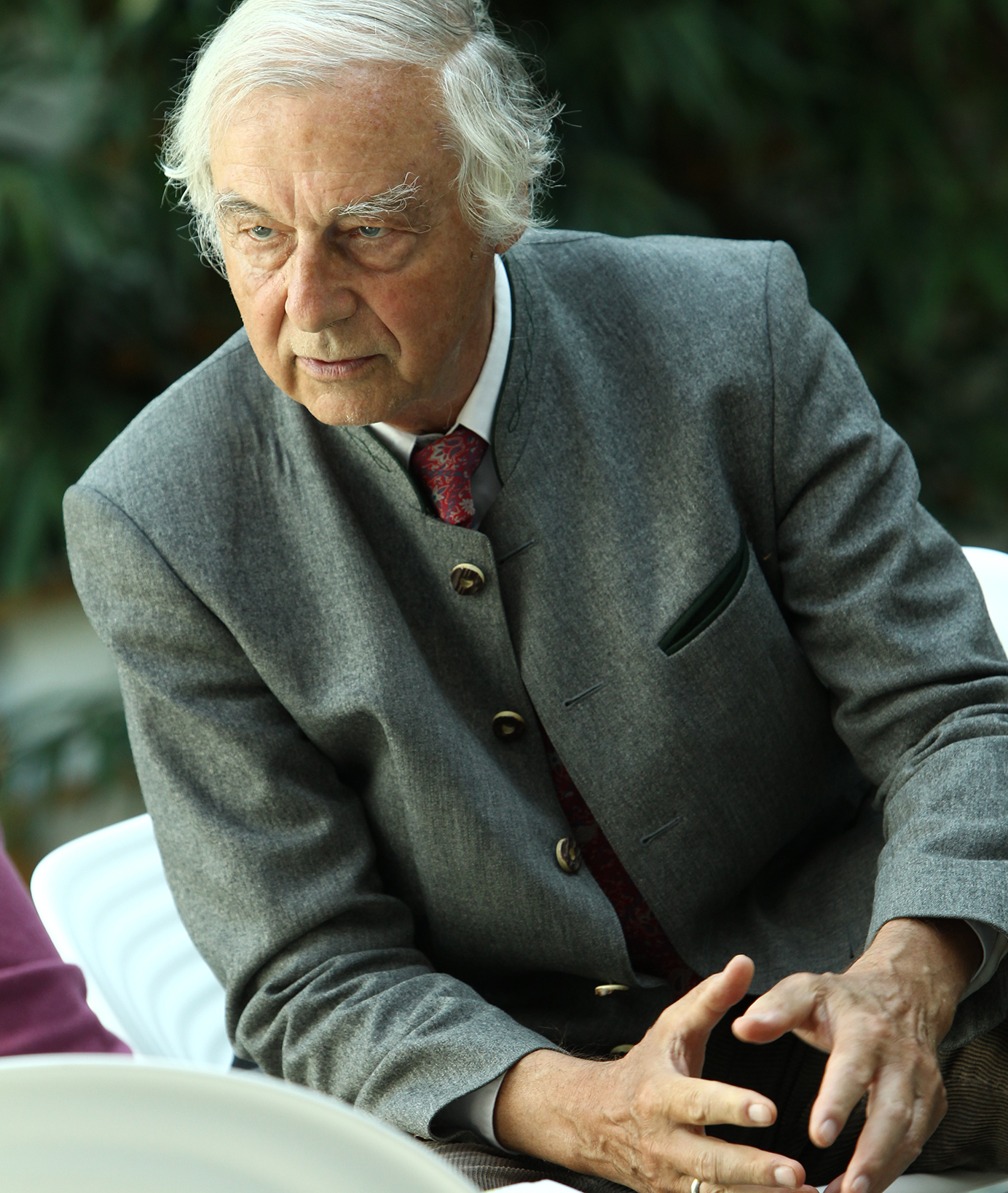
Picture: facesbyfrank/TUM.
Diploma Chemie 1960, Doctorate 1963, Habilitation 1968
Robert Huber passed his Abitur in 1956 at the Humanist Karlsgymnasium in Munich-Pasing. He then studied chemistry at the TUM and turned to crystallography and the structural elucidation of organic molecules in his diploma and doctoral theses under Walter Hoppe at the Max Planck Institute for Protein and Leather Research. He subsequently solved, in particular, the atomic structure of the insect pupal hormone ecdysone, which sparked his interest in biologically relevant macromolecules and the development of crystallographic techniques. In 1967, Huber set about the structural elucidation of the oxygen-binding insect protein erythrocruorin as part of his postdoctoral work with Hoppe, proving, among other things, the universality of globin folding.
In 1971, Robert Huber became director of the Department of Structural Research at the newly founded Max Planck Institute of Biochemistry in Martinsried near Munich. In 1976, he was appointed Professor of Chemistry at the TUM. He co-founded two biotech companies based in Martinsried that provide services for drug discovery and development in medicine (Proteros, 1997) and for the therapy of autoimmune diseases (Suppremol, 2005). Robert Huber has been an emeritus professor since 2005. In 2013, he was appointed by TUM President Wolfgang A. Herrmann into the circle of TUM Emeriti of Excellence.
Robert Huber received the Nobel Prize in Chemistry in 1988 together with his former PhD student TUM Alumnus Johann Deisenhofer and with Hartmut Michel for his major contributions to X-ray crystal structure analysis and elucidation of the spatial structure of the membrane reaction center of photosynthesis, the biological photocell.
